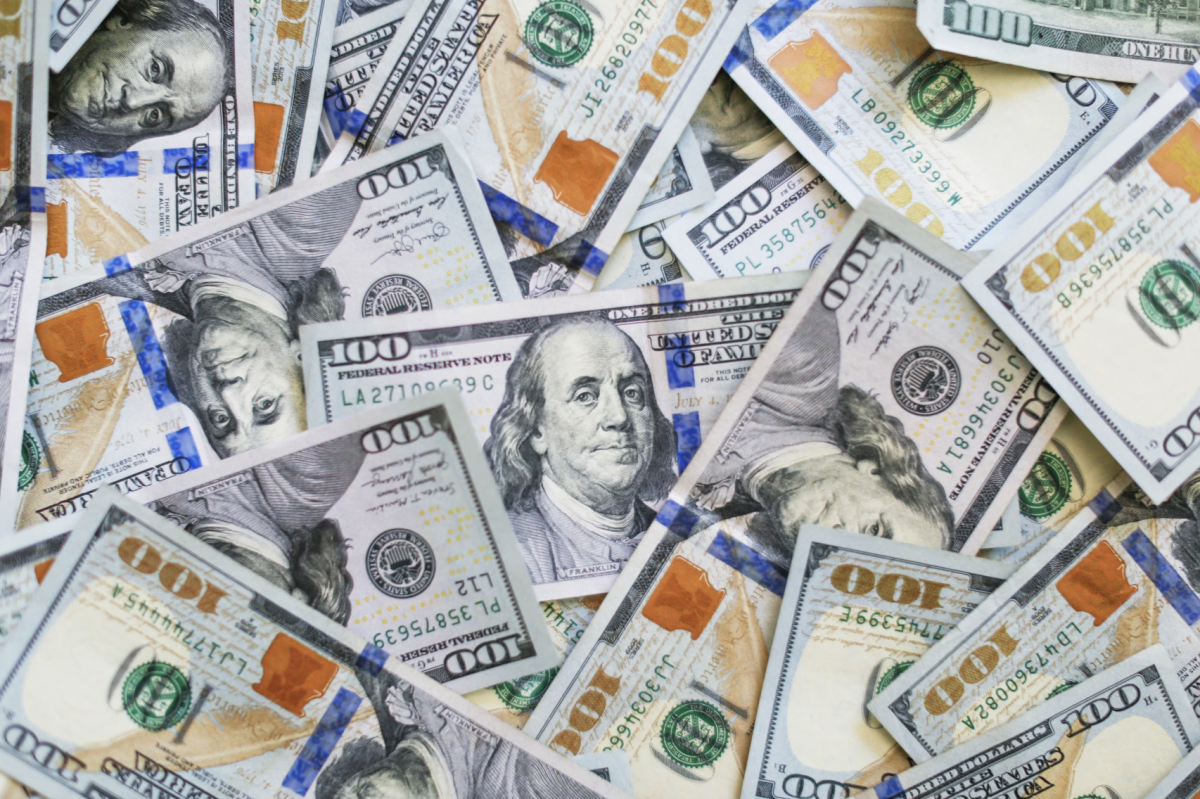
Tariffs impact more than just foreign economics, with students worried about their trickle down effects. Photo by Giorgio Trovato via Unsplash.
Tariffs, a tax that is imposed on goods exported or imported between countries. Tariffs have many benefits such as raising revenue and protecting national interests. Along with the benefits they have downsides to them, such as the raising in prices and disrupting the supply chain.
Trump’s implementation of a 25% tariff on Canada and Mexico, and 10% more on China, may have some benefits such as the encouragement of domestic production, however it’s hard to tell if they will outweigh the negative effects the tariffs will have on the economy and its consumers.
The United States is the largest importer of goods, with China being one of their top suppliers, followed by Canada and Mexico, meaning that the tariffs will impact many of the goods in our everyday lives. Some examples of impacted goods are: glass, aluminum, bedding, furniture, and many other consumer goods.
While some might believe that the people paying these tariffs will be foreign companies, the people actually paying these tariffs are us consumers. Suppliers will end up raising their prices to make up for the money they lose from the tariffs, leading to everything being more expensive for us consumers.
A TikTok user with the username of “nikitadumptruck” explains the effects of these import tariffs perfectly: if the cost to produce coffee is currently $5, companies would sell the coffee for $10 to gain a $5 profit. However, the implementation of an import tariff would raise the cost to produce coffee from $5 to $8, as suppliers would raise the price of coffee beans due to the tariffs. This would cause producers to have less of a profit if they keep selling coffee at $10 and would therefore raise the price to $15.
While some people might think the solution to this would be to purchase domestic goods over foreign ones, if domestic producers were to see foreign producers raise their prices, they will raise their prices as well. This allows them to make more profit as they are charging more but it does not cost them more to produce the goods. Not to mention, an increase in domestic production would result in an increase in labor. However, in order to be able to afford that labor, companies would raise their prices.
How does this impact the younger generation, specifically high school and college students?
High school and college students are often unemployed or make minimum wage, and many already struggle with financial problems. The raise in costs due to the tariffs would further worsen the financial situation of these students without much they can do to combat it.
“High Schoolers like me are broke and don’t make much income. And Trendy things like clothes are expensive in the United States,” Brendan Lin, a senior, explained, speaking up on the problems many students face.
Jennifer Kim, another senior, said something similar. “As someone currently not working, I believe my peers and underclassmen in the same situation may need to look for ways to compensate for the increased prices. For those who are working part-time, they might be affected by cut hours as businesses try to manage expenses,” she explained.
Both Kim and Lin highlight one of the biggest problems high school and college students face, as students struggle to catch up with the rising prices. The implementation of these tariffs will further worsen the situation, as it will cause a huge jump in prices in such a short period of time.
Overall, the rise in inflation would cause the Federal Reserve to tighten monetary policies in order to combat it, which would lead to a raise in interest rate. This would then cause things like credit card debt, student loan debt, and auto debt to be more expensive, leading to an increase in financial struggles in students.